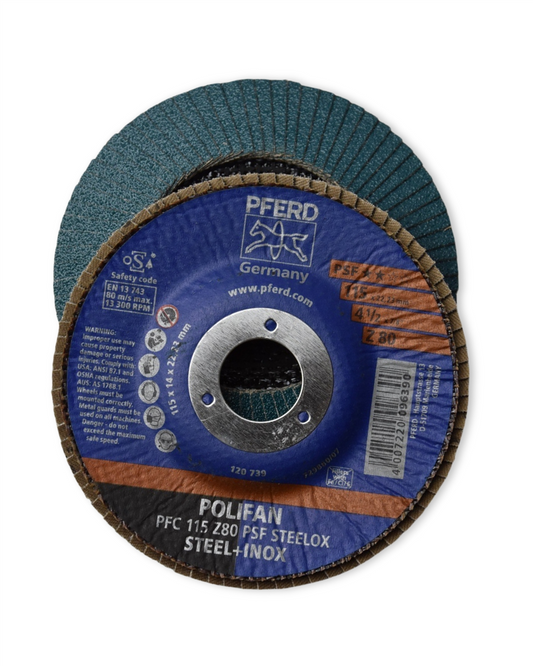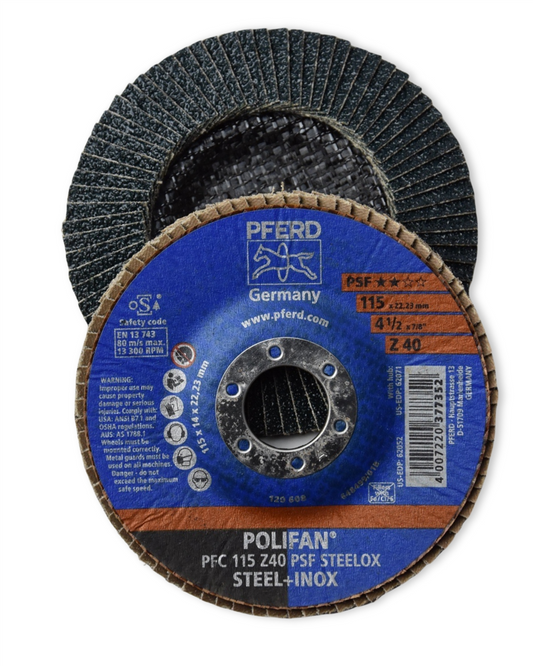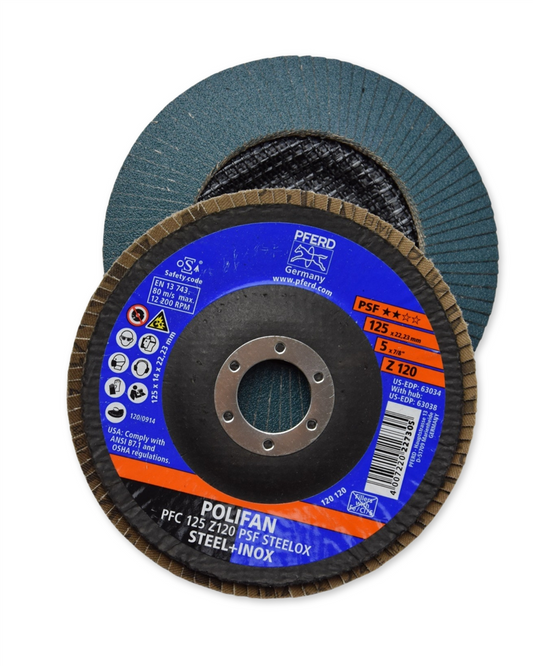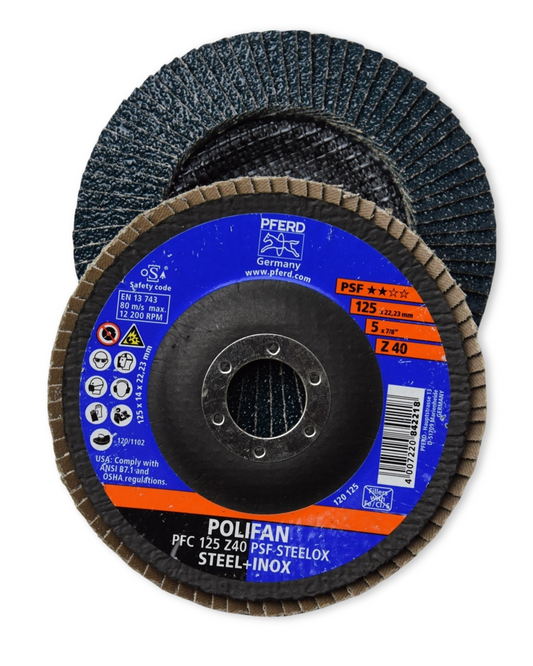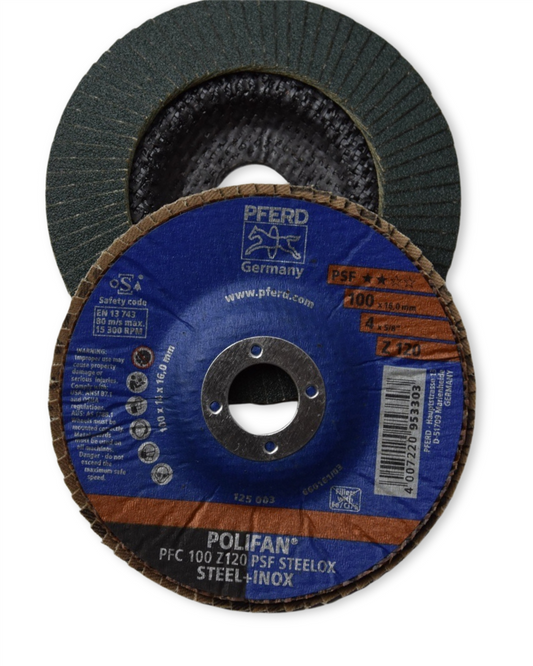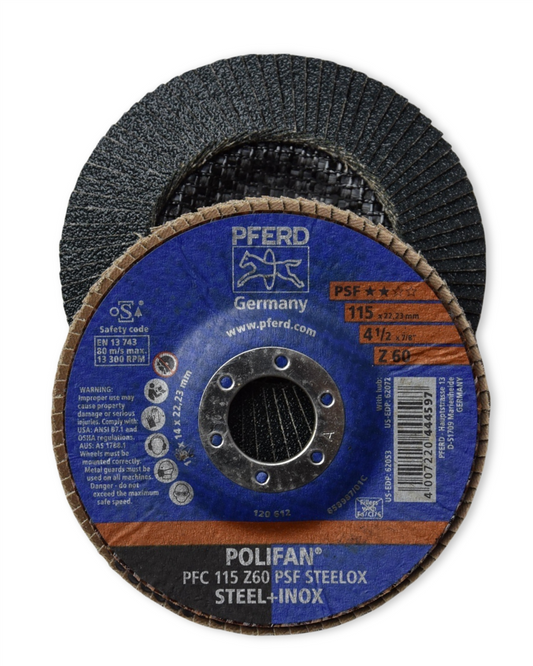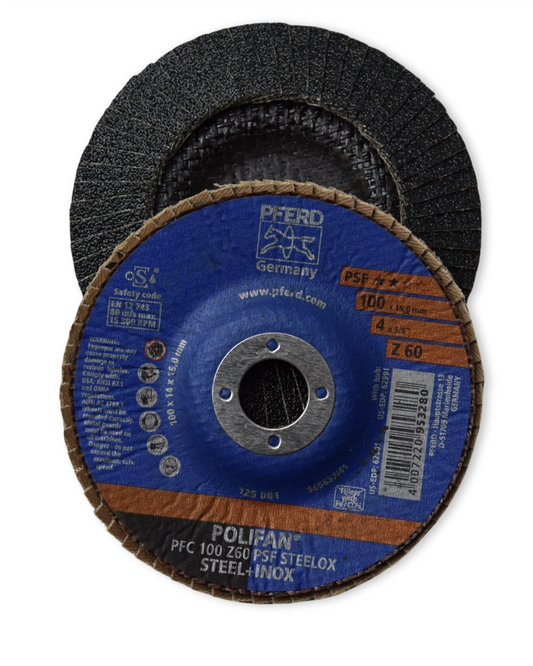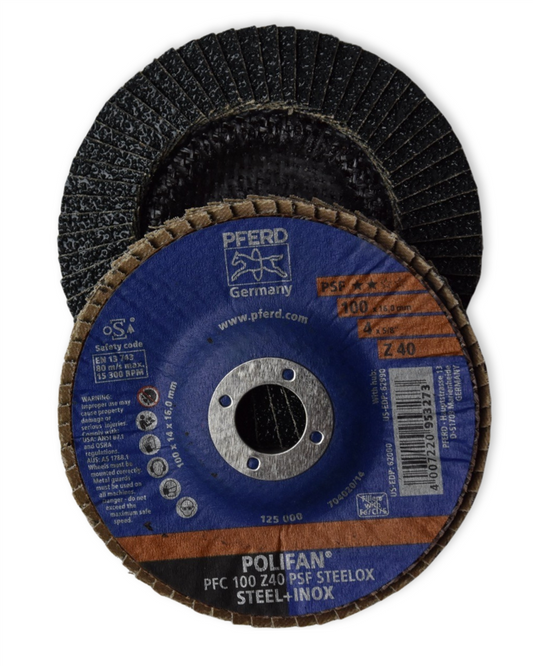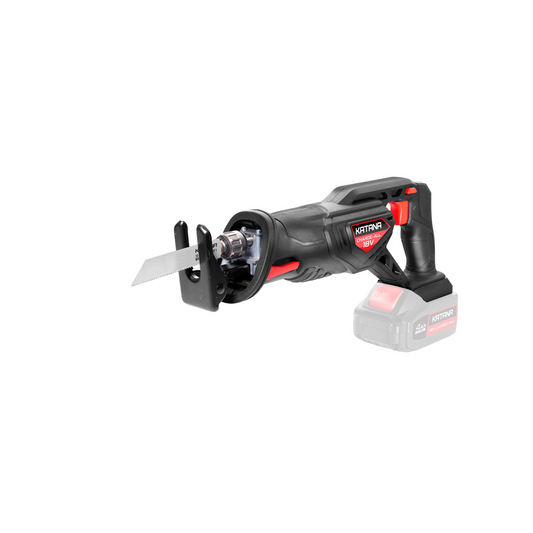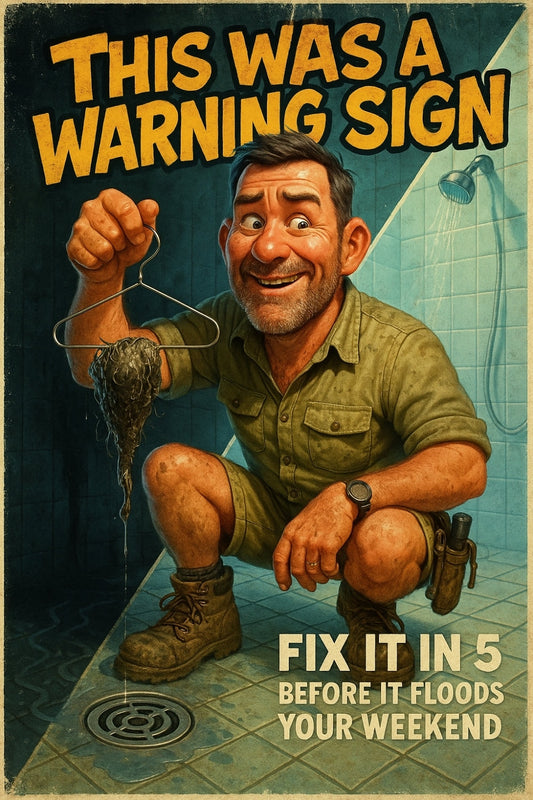Cracked paths, stained driveways—your outdoor space says something. What’s it whispering now?
Share
Your Outside Spaces Deserve a Bit of Love Too
We fuss over interiors — plumping throw cushions, spritzing indoor plants, upcycling side tables... but step outside and the driveway’s cracked, the garden path’s dusty, and that concrete corner has mystery stains no one dares investigate. Sound familiar?
Your driveway and outdoor paths cop a lot. They’re underfoot every day — bearing muddy tyres, pet paws, unexpected downpours, and the kind of South Aussie sun that could fry an egg. They're also the first thing visitors see. So if you're tired of dodging weeds or wondering when that oily patch is going to spontaneously sprout a mushroom colony — it's time we gave them some attention.
The Real Reason Paths Wear Out Faster Than You Think
Here's the thing: driveways and pathways aren’t just passive slabs of concrete or stone. They shift. They soak. They breathe. That tiny crack spiders out, rainwater seeps in, and next thing you know, you've got a trip hazard that’s sending guests sprawling with their hummus dip.
Most outdoor surfaces are exposed to constant moisture variation, UV bombardment, dirt build-up, and micro plant growth. Over time, without care, these combine to weaken the materials, make surfaces unsafe, and knock a few points off your kerb appeal.
“Think of your driveway like your favourite boots. Ignore the scuffs too long, and they quit on you.” – Candeece H, DIY Educator
So, What Does Regular Care Actually Look Like?
You don’t need to be a pro paver or shell out for industrial gear. A little know-how and a solid Sunday arvo can make all the difference.
Step 1: Clean Like You Mean It
- Sweep regularly. Get rid of gritty debris that wears down surfaces. A wide outdoor broom does the job well.
- Hose with pressure. A pressure washer (even the small home-use type) helps blast away dirt lodged in cracks and textured surfaces.
- Add some elbow grease. For stained spots (gardening spills, oil drips from your partner’s 90s ute), use driveway-safe degreaser and a stiff scrub brush.
Step 2: Keep the Weeds in Check
Weeds love sneaking through cracks, especially in paved paths. Left alone, their sneaky root systems can do surprising damage. You’ve got two options here:
- Manual method: The classic bend-and-pluck, or use a crack weeder tool.
- Chemical method: Spot spray with a glyphosate-based treatment. (Always read the safety label and avoid spraying on windy days — nobody wants herbicide in their petunias.)
Step 3: Repair Cracks Before They Get Wild
Even little cracks aren’t just cosmetic. Rain sneaks in, then expands during cold snaps, widening the damage. Here's what to keep handy:
- Concrete patch filler – for larger chips and gaps.
- Flexible outdoor caulk – ideal for cracking between pavers or joins in paths.
- Sealant or topcoat — seals the repaired area for added protection.
Think of it like giving your path a mini facelift — less drastic than a resurfacing, but way more satisfying.
Step 4: Add a Protective Seal (If It’s That Kind of Surface)
Concrete and stone surfaces can benefit from a sealing coat every few years. This adds a protective layer that resists stains, slows water ingress, and brings out the natural warmth of pavers or aggregate edges.
It’s especially handy if your driveway gets a lot of traffic or sits under trees that love to drop leaves and gunk faster than you can sweep.
Step 5: Plan for Drainage
Pooling water is more than an eyesore — it softens the ground underneath, washes away your hard landscaping work, and plays havoc with certain materials. If you’re noticing puddles or water runoffs don’t flow where they should:
- Regrade small areas to promote natural runoff
- Add a channel drain or gravel strip beside paths
- Clear downpipes and garden drains regularly
Going a Bit Fancy? Light, Edges and Extras
If you’re already cleaning and repairing, why not go one step further and turn your path into a feature?
- Solar path lights – create ambient glow and boost safety.
- Recycled paver edging – adds charm and keeps grass in check.
- Planter baskets or pot clusters – soften the look and create visual flow from indoors to out.
These touches don’t just elevate the space — they make it feel intentional. Like yes, someone lives here who gives a damn (and owns a broom).
The Truth? It’s Not About Perfection
It’s about care. Little things that say, “Hey, this space matters.” Crumbs of effort that add up to a home that feels strong, settled, and ready for anything. And once you start seeing your driveway as more than just ‘the car’s resting spot’... you’ll notice how much easier it is to keep it in shape.
So grab your broom, queue up a good playlist, and get cracking — the satisfying kind, not the concrete kind.
Catch you out there,
Candeece H

Stay Connected
Follow our Facebook Page: Strathalbyn H Hardware on Facebook



